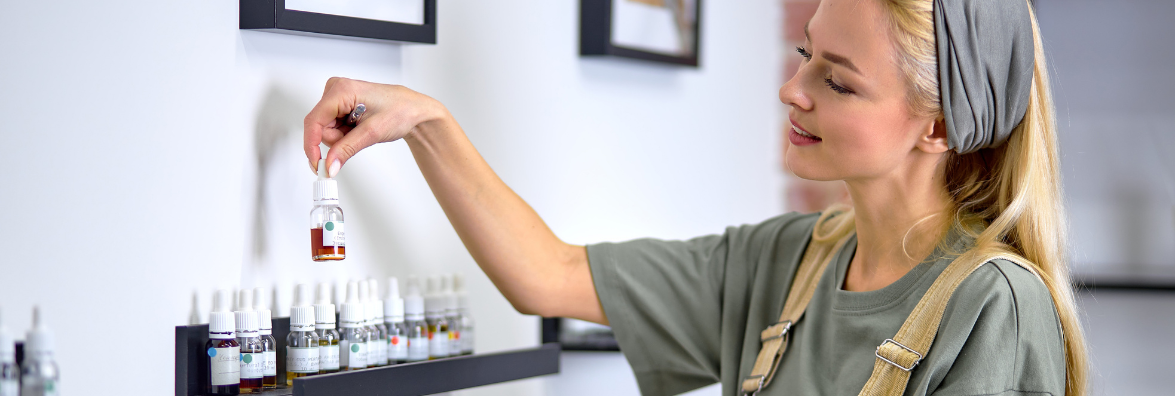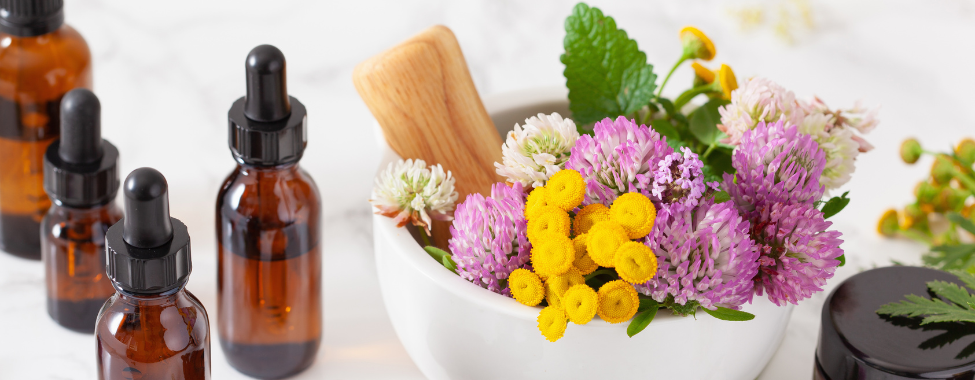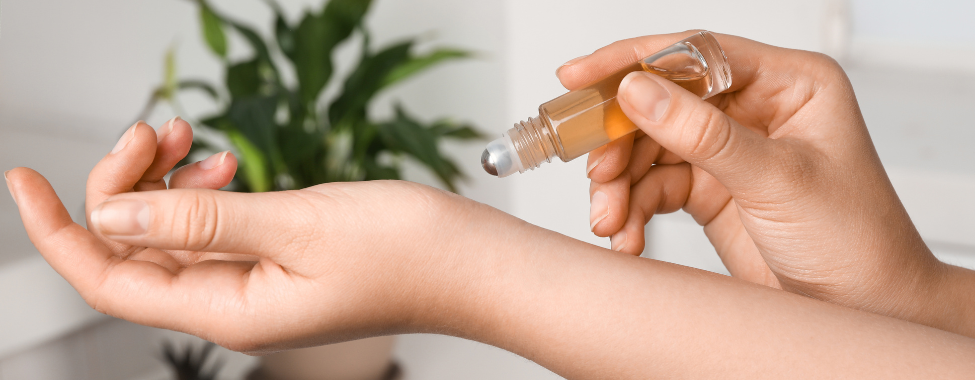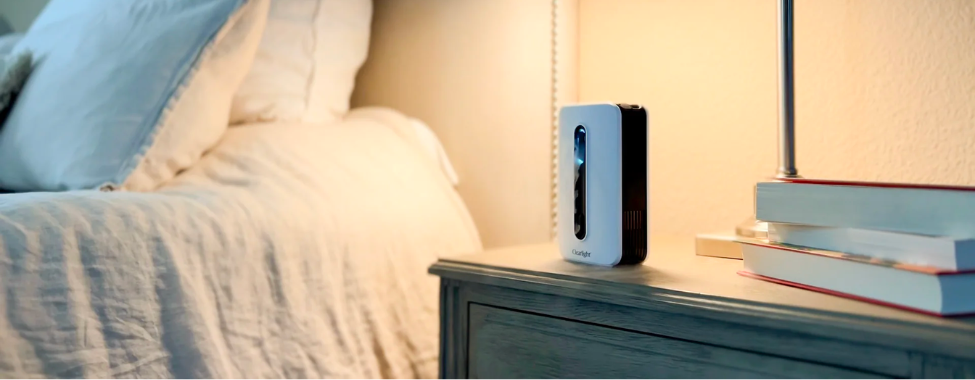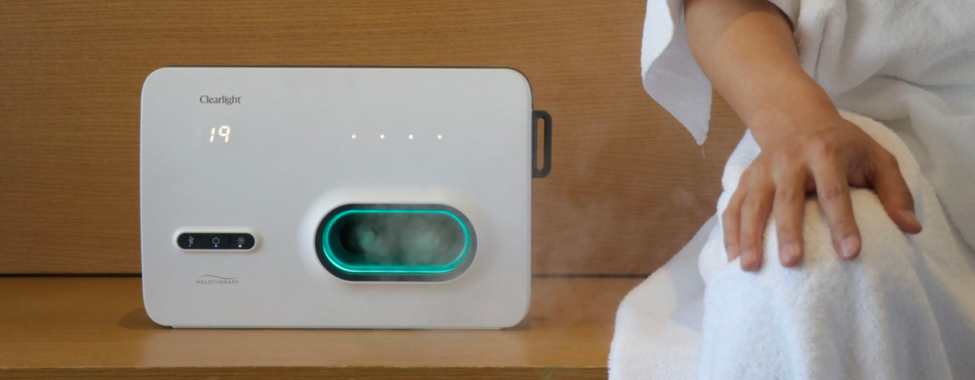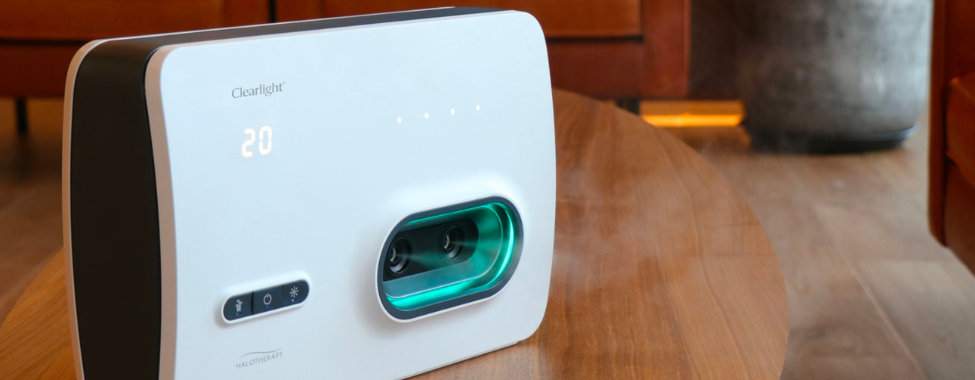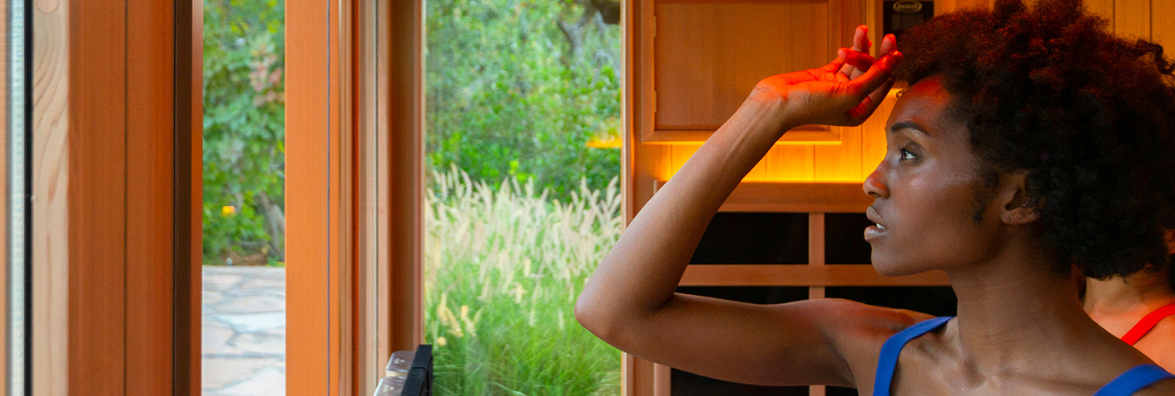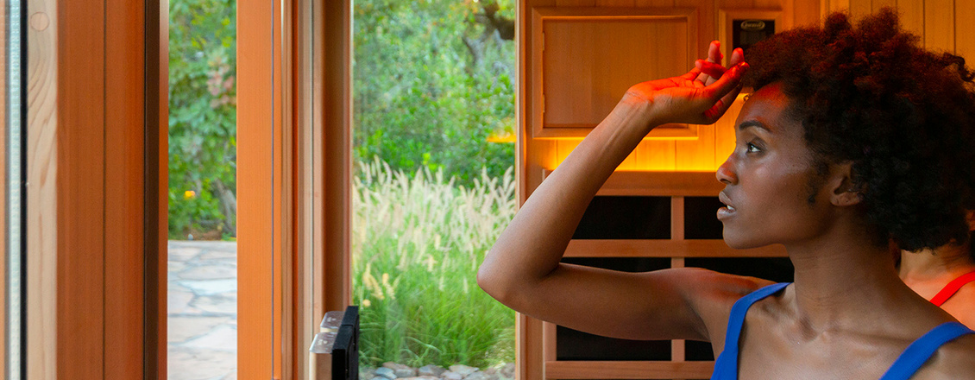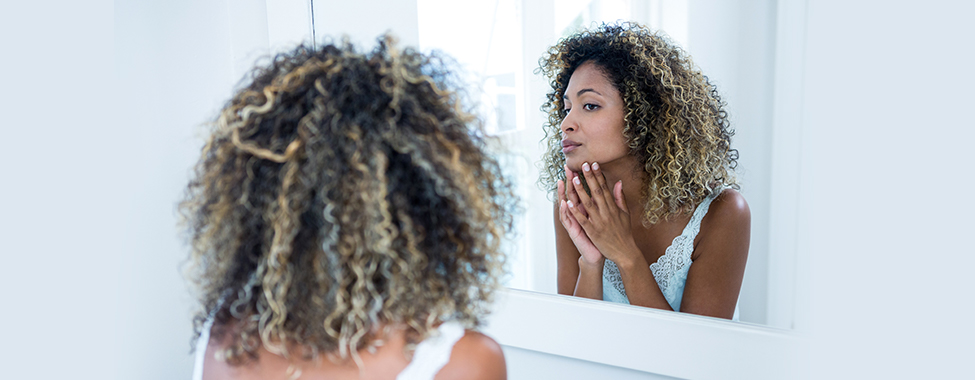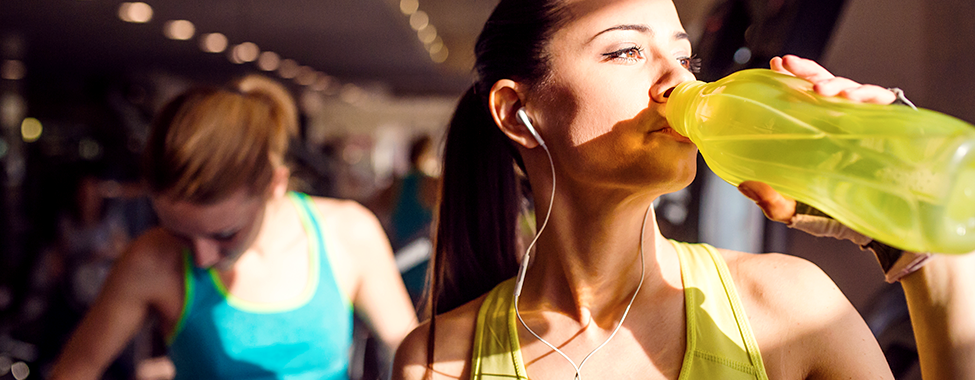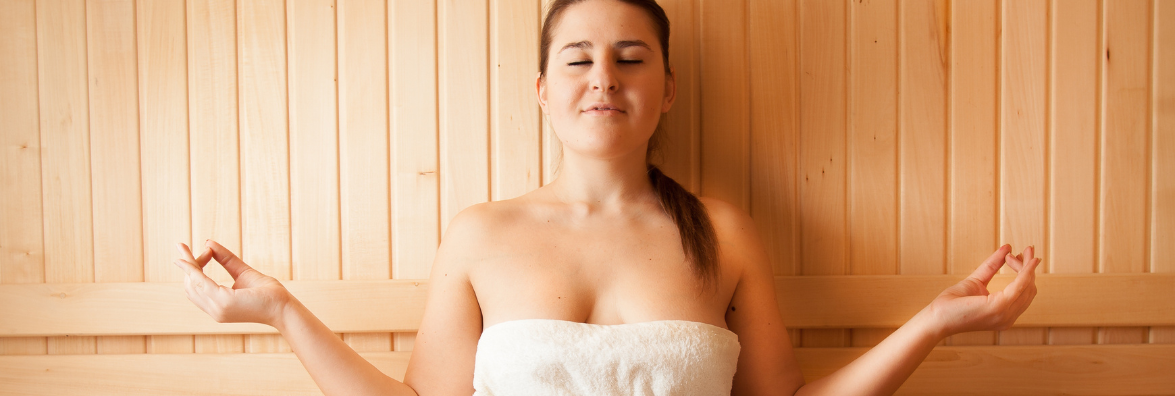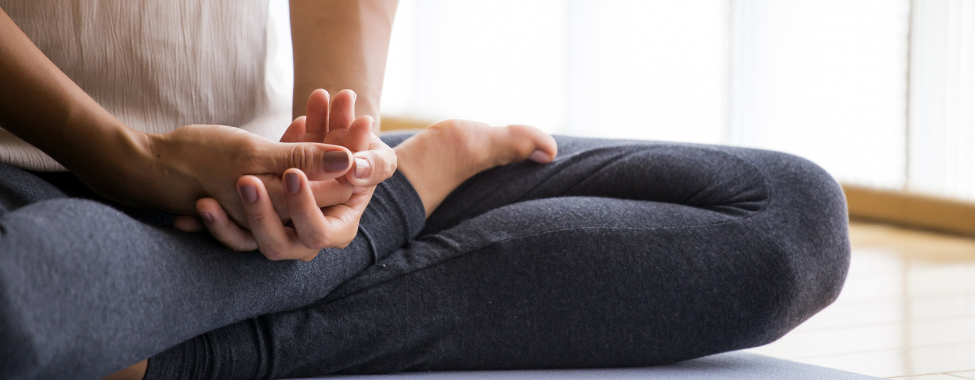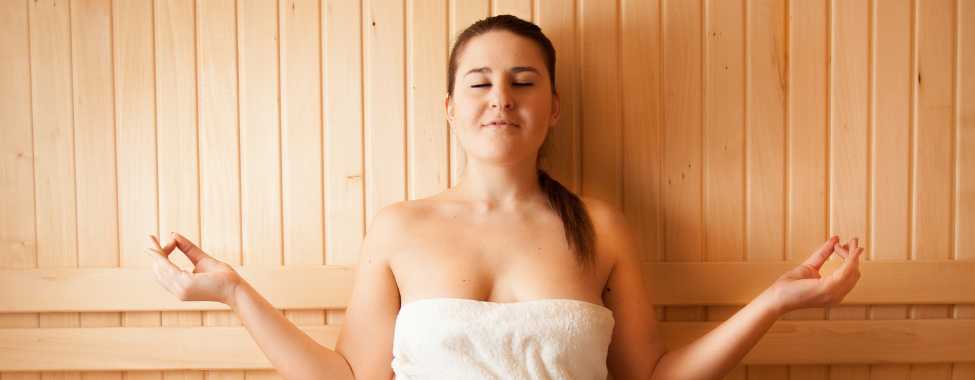In the ever-expanding world of health and wellness, it’s easy to become inundated with a seemingly endless array of therapies, each promising unique advantages for enhancing our overall well-being. Amidst this abundance of options, it’s not uncommon to encounter therapies that sound strikingly similar, leaving us perplexed about which one to choose. Enter infrared heat therapy and red light therapy, two practices that have garnered considerable attention for their potential to bolster various aspects of our health, ranging from mood enhancement to pain relief.
If you’ve ever found yourself pondering whether to bask in the soothing warmth of an infrared sauna or bathe in the gentle glow of red light therapy, read on to find the insights you need to make an informed decision. Discover the many benefits of these therapies, and find out how they can seamlessly integrate one or both of them into your regular health and wellness regimen, ultimately contributing to a healthier, happier you.
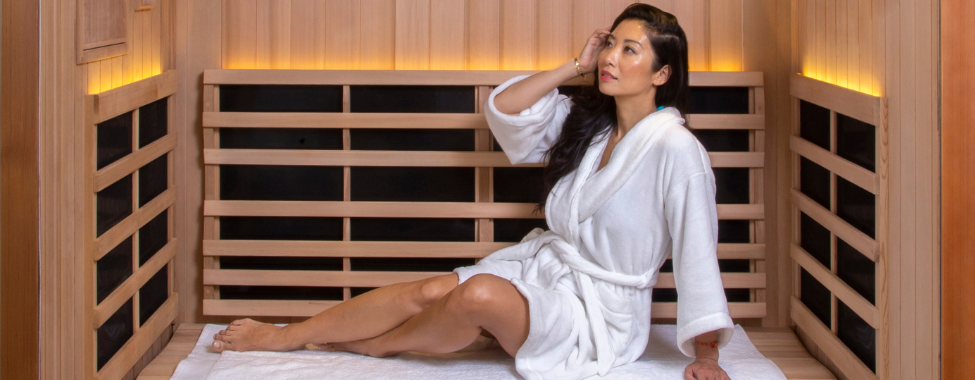
Infrared Heat Therapy Benefits
Infrared heat therapy involves using infrared wavelengths to generate heat within the body. These infrared waves penetrate the skin and work by increasing the body’s core temperature. The infrared heat penetrates deep into the skin without having to reach high temperatures, which makes it both more gentle and more effective than traditional heat sources.
The most effective way to enjoy infrared therapy is with full-body devices, such as infrared saunas or sauna domes with infrared heating pads. Infrared heat therapy offers numerous health benefits such as detoxification, pain relief, improved circulation, stress reduction, improved sleep, better skin, and more.
Detoxification
One of the key benefits of infrared heat therapy is its ability to aid in detoxification. The deep penetration of infrared wavelengths promotes sweating, which helps eliminate toxins from the body. As a result, regular use of an infrared sauna can support the body’s natural detoxification processes.
Pain Relief
Infrared saunas have been found to help alleviate pain, including muscle aches and joint discomfort. The heat from the infrared waves helps relax muscles and reduces inflammation in the joints, providing relief from pain and stiffness. This makes it a popular therapy for individuals suffering from conditions such as arthritis or fibromyalgia.
Improved Circulation
Infrared therapy promotes blood circulation, which can have positive effects on cardiovascular health. By dilating blood vessels and increasing blood flow, infrared therapy can enhance the delivery of nutrients and oxygen throughout the body. This improved circulation can also contribute to better overall cardiovascular function.
Stress Reduction & Improved Sleep
The relaxation induced by infrared heat therapy can help reduce stress levels and promote better sleep. The heat and warmth of the sauna can soothe both the body and mind, making it an excellent therapy for individuals looking to unwind and improve their sleep quality.
Better Skin
Infrared therapy can also have positive effects on the skin. The increased blood circulation can improve the appearance of the skin by promoting collagen production, reducing wrinkles, and enhancing overall complexion. Regular use of an infrared sauna may result in a healthier, more radiant-looking skin.
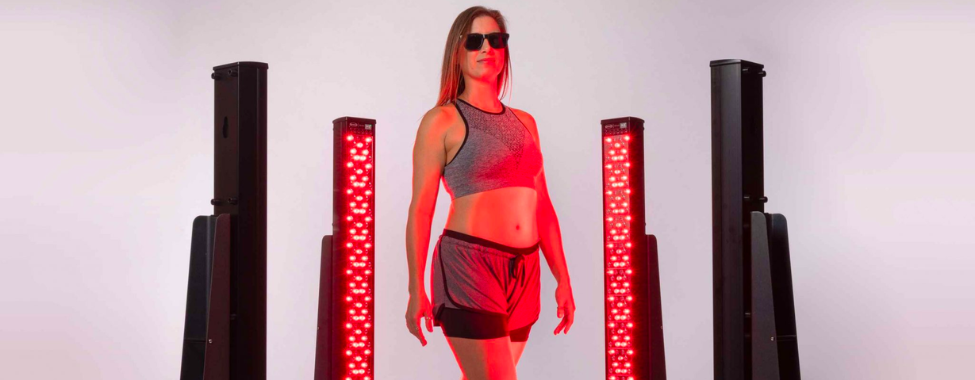
Red Light Therapy Benefits
Red light therapy (RLT) involves exposing the body to low-level red and near-infrared light, which penetrates the skin to stimulate cellular function. Red light products use therapeutic wavelengths that help reduce oxidative stress and stimulate the production of ATP (adenosine triphosphate). This process, known as photobiomodulation, adds energy to the mitochondria of the cells, which helps optimize cellular performance.
RLT can be used in a variety of ways, ranging from red light towers and personal red light therapy devices, to masks and wands. This therapy offers several health benefits, such as skin rejuvenation, pain management, tissue repair, mood enhancement, improved hair growth, wound healing, and more.
Skin Rejuvenation
Red light therapy has gained popularity for its ability to stimulate collagen production, reduce wrinkles, and improve the overall appearance of the skin. The red and near-infrared light can penetrate the skin and promote cellular regeneration, leading to a more youthful and rejuvenated complexion.
Pain Management & Tissue Repair
Red light therapy has been found to alleviate pain and promote tissue repair. It can help reduce inflammation, increase blood flow to injured areas, and stimulate the production of ATP – the energy currency of cells. This makes it an effective therapy for individuals recovering from injuries or experiencing chronic pain.
Mood Enhancement
Exposure to red light can have positive effects on mood and mental well-being. It can increase serotonin levels, often referred to as the “feel-good” hormone, which can help improve mood and potentially aid in managing conditions such as depression and anxiety.
Improved Hair Growth
Red light therapy has shown promising results in stimulating hair growth. It can enhance the activity of hair follicles, leading to thicker and healthier hair. This therapy is particularly beneficial for individuals experiencing hair loss or thinning hair.
Wound Healing
The stimulation of cellular function by red light therapy can speed up the healing process of wounds and injuries. The red and near-infrared light can promote collagen synthesis, enhance blood flow, and reduce inflammation, all of which contribute to accelerated wound healing.
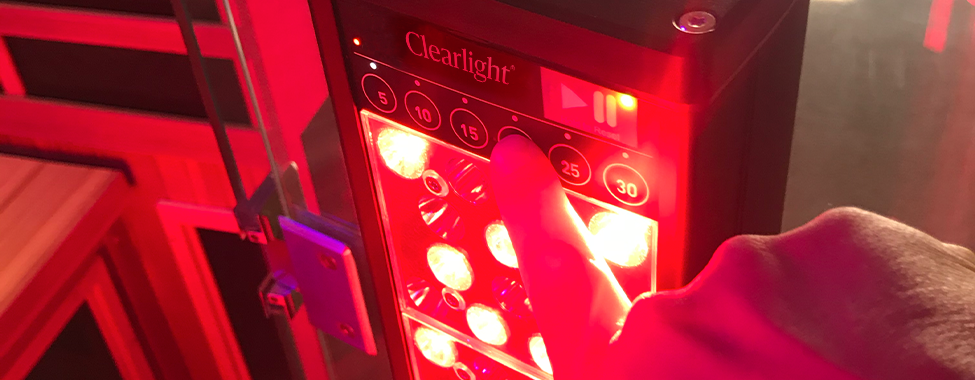
Comparing Infrared & Red Light Therapy
While both infrared heat therapy and red light therapy offer unique benefits, there are important factors to consider when choosing between the two. Infrared therapy is known for its detoxification and cardiovascular benefits, as well as its ability to provide deep muscle relaxation. Red light therapy, on the other hand, shines in areas such as skin rejuvenation, mood enhancement, and tissue repair.
To determine which therapy is best for you, consider your specific needs and goals. If detoxification and cardiovascular health are your primary concerns, infrared heat therapy may be a better choice. However, if you are more focused on skin rejuvenation or pain management, red light therapy might be the way to go. Even better, however, is pairing both infrared heat and red light therapy so you can enjoy a wider array of health benefits in one, easy session.
The Power of Combining Infrared & Red Light Therapy
Rather than choosing between infrared heat therapy and red light therapy, combining the two can provide even more significant health benefits. The detoxification and relaxation provided by an infrared sauna can enhance the effects of red light therapy on the skin, pain relief, and overall well-being. Combining infrared therapy and red light therapy can offer a comprehensive approach to addressing various health concerns, and maximize their potential health benefits.
For example, for those looking for pain relief, the combination of infrared therapy and red light therapy can contribute to pain management and muscle recovery. Infrared heat provides deep relaxation and soothes muscle and joint pain, while the red light therapy aids in tissue repair and reduces inflammation. Athletes and individuals recovering from injuries can benefit from this combined therapy, as it can help accelerate healing, reduce pain, and improve overall muscle recovery.
And if you’re looking to improve your skin’s appearance, combining infrared therapy and red light therapy can be highly effective. The infrared sauna helps open up the pores and promote sweating, facilitating the removal of toxins and impurities from the skin. Then add in red light therapy, which stimulates collagen production, reduces wrinkles, and rejuvenates the skin. By incorporating both therapies into your routine, you can achieve more noticeable results in terms of skin health and anti-aging effects.
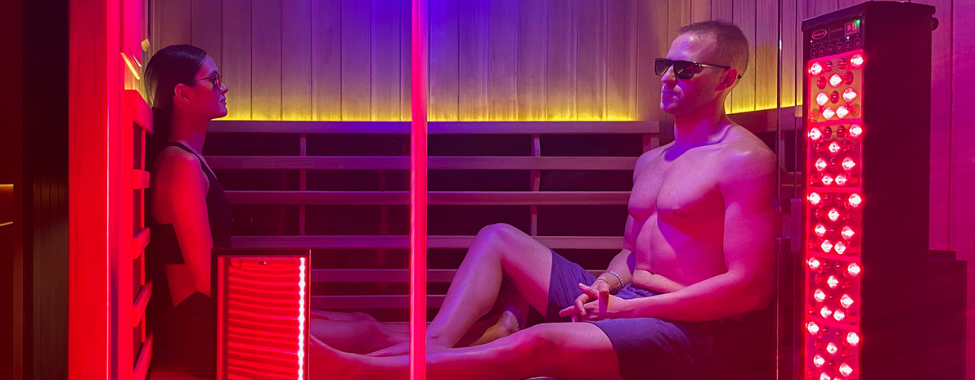
Adding Infrared & Red Light to Your Routine
Now that we have explored the individual benefits and the power of combining infrared therapy and red light therapy, it’s time to incorporate these therapies into your regular health and wellness routine. Integrating infrared sauna therapy and red light therapy into your daily or weekly schedule is easier than you might think!
To incorporate red light therapy throughout the day, you can use portable red light devices. These devices emit red and near-infrared light, and you can target specific areas of the body that require treatment. Whether it’s for skin rejuvenation or pain management, integrating red light therapy into your daily routine can be as simple as using the device while reading a book, watching TV, or during your skincare regimen.
For infrared sauna therapy, aim for sessions lasting between 5 to 20 minutes a day, several times a week. It’s essential to listen to your body and gradually increase the duration and frequency of your sessions as you become more accustomed to the heat. Use these sauna sessions as times to focus on yourself, and play some of your favorite music, meditate, read, do hot yoga, or enjoy some aromatherapy.
You can equip your Clearlight® infrared sauna with a red light therapy tower, allowing you to enjoy the benefits of both therapies simultaneously. Start by incorporating regular sessions of combined therapy into your schedule and adjust the frequency based on your individual needs and goals.
Enjoying Infrared Therapy & Red Light Therapy
Infrared sauna therapy and red light therapy offer a myriad of health benefits, ranging from detoxification and pain relief to skin rejuvenation and mood enhancement. By considering both therapies and combining them, you can create a personalized wellness plan that addresses your specific needs and goals.
Whether you choose to relax in an infrared sauna or incorporate red light therapy into your daily routine, these therapies have the potential to enhance your overall well-being in a natural and holistic way. So why not explore these therapies and embark on a journey toward better health and vitality?


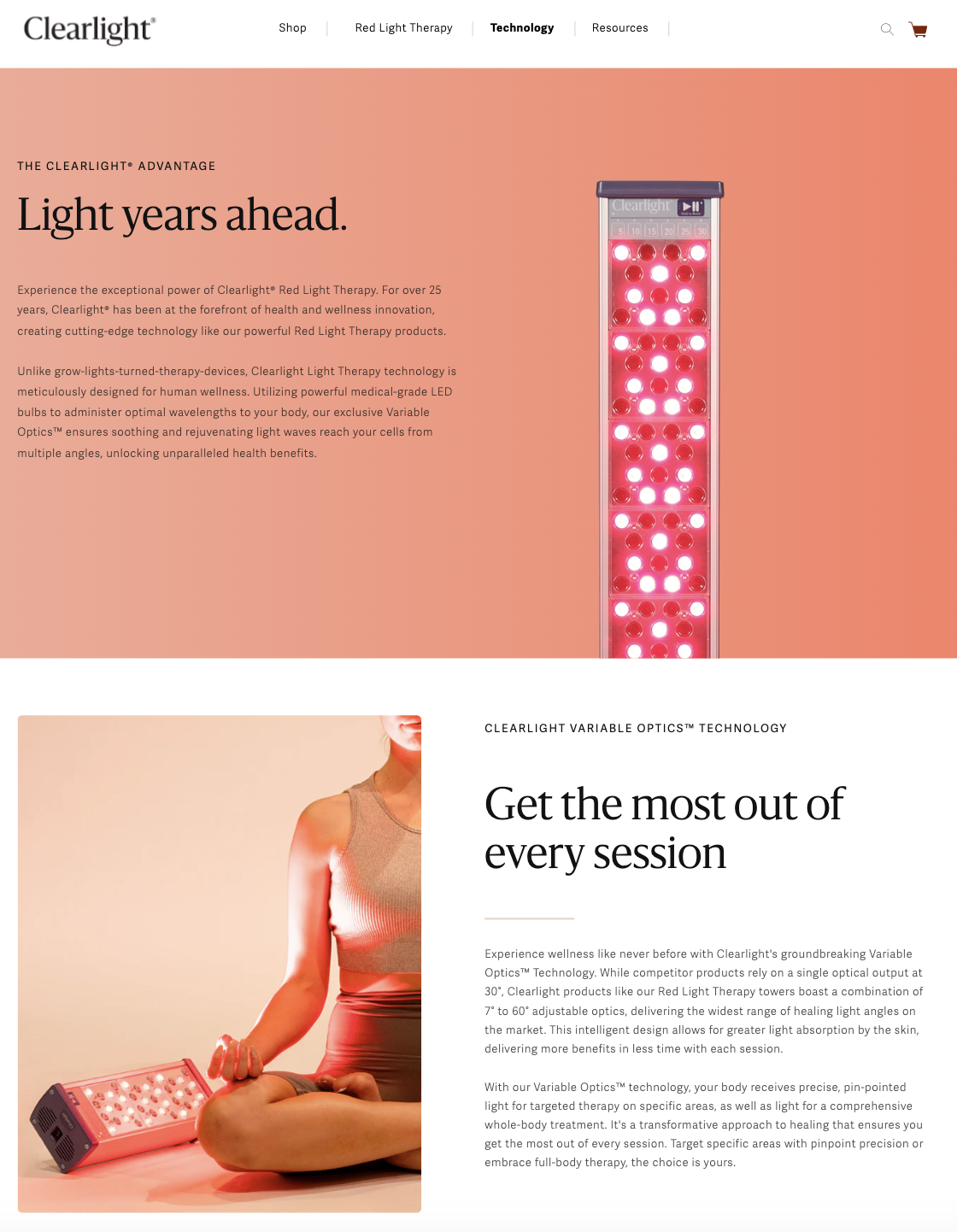
 Canada
Canada Australia
Australia New Zealand
New Zealand Germany
Germany UK
UK EU
EU Ireland
Ireland Malaysia
Malaysia China
China






